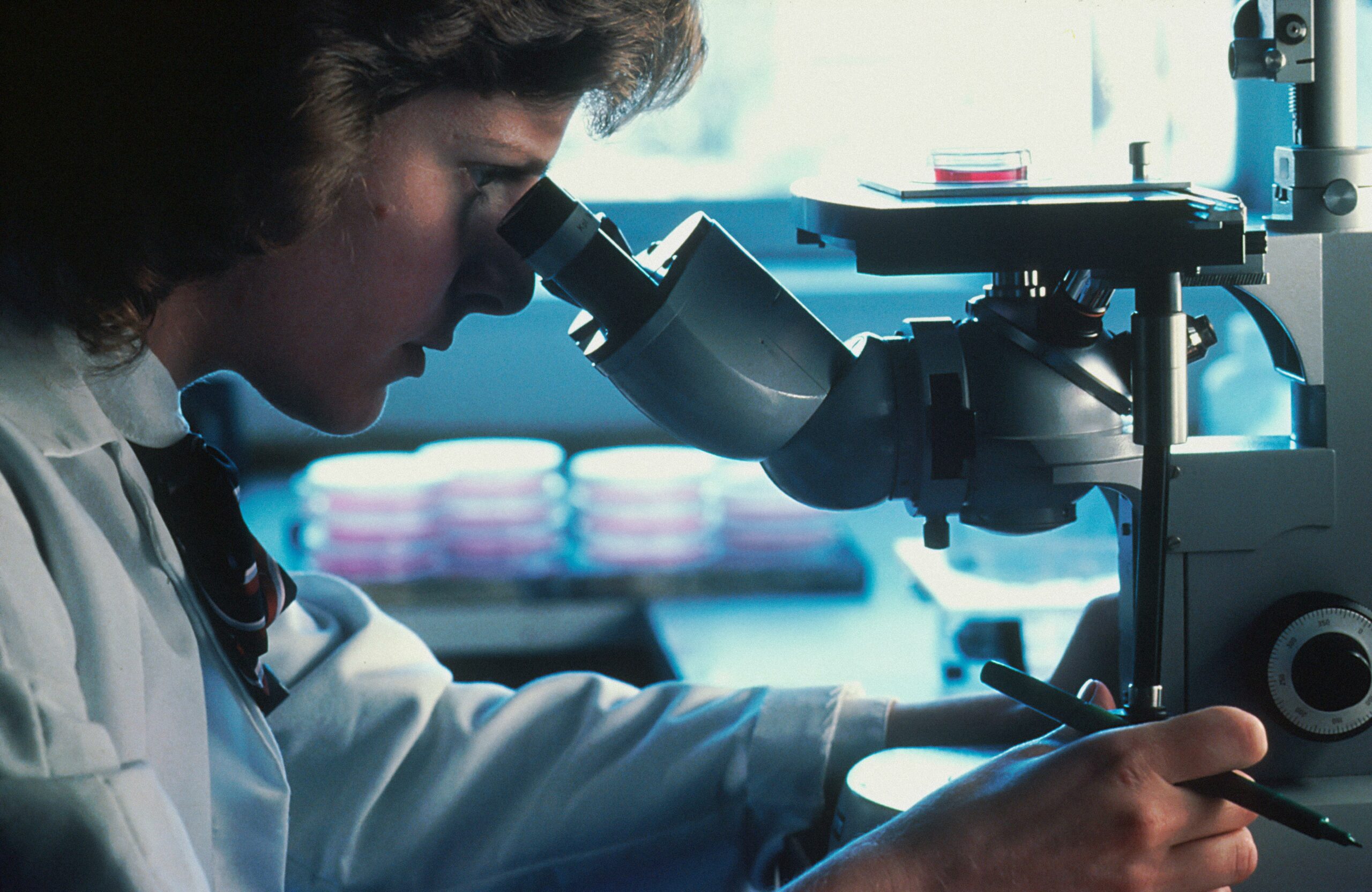Are you ready to embark on a fascinating journey into the microscopic world? In this article, we will dive into the captivating realm of microscopes, uncovering a treasure trove of fun facts that will ignite the curiosity of young minds. Get ready to explore the incredible capabilities of these powerful scientific instruments and discover mind-blowing wonders that exist beyond the naked eye. From tiny organisms to intricately detailed cells, we will unveil the secrets hidden within the miniature universe waiting to be unlocked. So, fasten your seatbelts and prepare to be amazed as we delve into the enchanting world of microscopes and their mesmerizing fun facts for inquisitive kids!

Fun Facts about Microscopes for Kids
Microscopes have been around for centuries, and they have played a crucial role in our understanding of the world. But did you know that the first ever microscope was invented by Van Leeuwenhoek in the 1660s? It’s true! Van Leeuwenhoek designed a microscope that allowed him to see tiny organisms in pond water for the first time. Pretty amazing, right?
Now, let’s dive into some captivating fun facts about microscopes that will make you appreciate these powerful tools even more.
Did you know that the term “microscope” is attributed to Galileo Galilei? He used the Latin words “micro” meaning small and “skopein” meaning to look, and thus the word “microscope” was born.
One of the most fascinating things about microscopes is their ability to magnify objects that are too small for the human eye to see. They can make things appear much bigger than they actually are. Imagine being able to see the intricate details of a cell or the intricate patterns on the wing of a butterfly!
You may be wondering how microscopes actually work. Most microscopes use light and lenses to magnify objects. They work like a magnifying glass, but with much more power. By focusing light through lenses, microscopes can reveal hidden details that our eyes can’t pick up on their own. It’s like having super-vision!
Did you know that the most powerful microscopes can even see individual atoms? Atoms are the building blocks of everything around us, and being able to see them up close and personal is truly mind-blowing. With the help of electron microscopes, scientists can explore the tiniest particles of matter and unlock the secrets of the universe.
Microscopes are not just fancy tools that scientists use in laboratories. They are also commonly used in schools to help students in science classes, such as biology or chemistry. By using microscopes, students can observe and study specimens in great detail, helping them to better understand the natural world.
When it comes to microscopes, there are different types. The earliest microscopes had only one lens and are called simple microscopes. They were the precursors to the more complex microscopes we use today. On the other hand, compound microscopes have at least two lenses. They use a combination of lenses to provide even greater magnification and clarity.
In a compound microscope, the lens closer to the eye is called the eyepiece. This is where you look into to see the magnified image of the specimen. It’s like peering into a whole new world, right at your fingertips!
To summarize, microscopes are incredible tools that allow us to see the unseen. From discovering tiny organisms to exploring the intricate structure of atoms, microscopes offer endless possibilities for curiosity and exploration. So, the next time you look through a microscope, remember to appreciate the fascinating world that lies beyond our naked eyes.
“Through the lens of a microscope, an entire universe unfolds before our eyes.”
The world of microscopy is filled with fascinating discoveries waiting to be made by curious minds. If you’re looking to learn about the microscope, we’ve got you covered with some mind-blowing facts! From discovering microscopic organisms to unlocking the mysteries of the universe, the microscope is truly a tool of wonder. Dive into the captivating world of microscopy and uncover the hidden secrets of the tiniest details with our comprehensive guide. Discover fun and educational facts about the microscope for kids and let your curiosity take flight! So, what are you waiting for? Click here to unravel the wonders of the microscope: Facts About The Microscope For Kids
FAQ
How was the first microscope invented?
The first ever microscope was invented by Van Leeuwenhoek in the 1660s.
Who is credited with coining the term ‘microscope’?
The term ‘microscope’ is attributed to Galileo Galilei.
What can microscopes help us see?
Microscopes allow us to see tiny things far smaller than the human eye can see.
How do microscopes work?
Most microscopes work by using light and lenses to make things appear much bigger than they actually are.
What is the most powerful microscope capable of?
The most powerful microscopes can see individual atoms.
- Unlock Elemental 2 Secrets: Actionable Insights Now - April 2, 2025
- Lot’s Wife’s Name: Unveiling the Mystery of Sodom’s Fall - April 2, 2025
- Photocell Sensors: A Complete Guide for Selection and Implementation - April 2, 2025
















